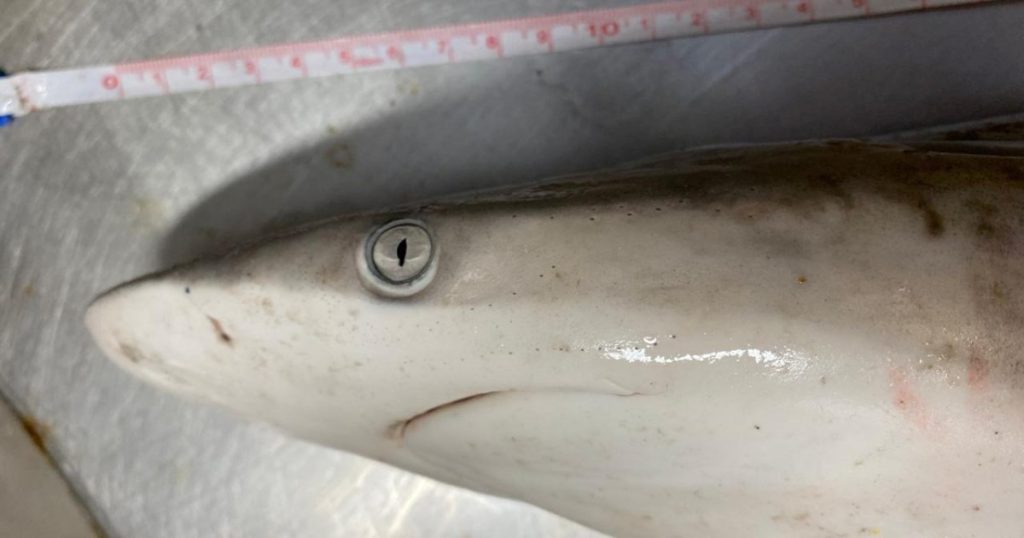A recent study conducted by marine biologists at the Rio de Janeiro-based Oswaldo Cruz Foundation revealed that 13 Brazilian sharpnose sharks caught off the coast of Rio de Janeiro tested positive for cocaine. High concentrations of cocaine were found in the sharks’ muscles and livers, along with the byproduct benzoylecgonine which is produced when cocaine is consumed. The study also discovered that cocaine levels were more than 100 times higher than previously reported in any other aquatic animals, with levels three times higher in the muscles compared to the livers of the sharks.
The rise in cocaine use in the region, combined with an inadequate drainage system, has led to higher quantities of cocaine being present in seawater. The study highlighted the increase in global cocaine consumption, particularly in South America where Brazil has emerged as the second largest consumer market. Sewage analysis from 2011 to 2017 across 37 countries consistently revealed the presence of cocaine in aquatic environments, further supporting the findings of the study. The 13 sharks, which comprised three males and 10 females, five of which were pregnant, were captured from fishing boats off the coast of Rio de Janeiro between September 2021 and August the following year.
In a documentary titled Cocaine Sharks, marine biologist Tom Hird and environmental scientist Tracy Fanara studied the impact of cocaine on sharks in the Florida Keys. Reports of sharks coming into contact with bales of cocaine due to drug traffickers dumping illegal drugs from planes off the Florida coastline prompted the documentary. Drug traffickers are known to release cargoes of drugs into the sea when facing potential capture by authorities, and in some cases, use a delivery system involving wrapping cocaine in waterproof materials and dropping it into the water to be collected later.
Although the physiological effects of cocaine on sharks remain unclear, studies have shown that the drug may act as an anaesthetic in sharks while stimulating humans. Previous experiments involving zebrafish and cocaine demonstrated that the drug accumulated in the eyes of the fish rather than the brain, as in humans. Another study conducted on European eels exposed to low levels of cocaine in water resulted in hyperactive behavior, raising concerns about the impact of the drug on aquatic species. Similarly, research conducted in Santos Bay, Brazil, found widespread contamination by cocaine and its metabolites in seawater, sediment, and mussels, indicating the potential accumulation of cocaine in marine organisms.
The discovery of cocaine-positive sharks off the coast of Rio de Janeiro underscores the impact of human activities on marine ecosystems. The study highlights the need for further research to understand the consequences of drug pollution in the oceans and its effects on aquatic life. As the global consumption of cocaine continues to rise, efforts to mitigate the contamination of seawater and protect marine species from the harmful effects of drug exposure are crucial. Future studies exploring the physiological, behavioral, and ecological implications of cocaine in marine organisms can provide valuable insights into the broader impact of drug pollution on ocean ecosystems.


